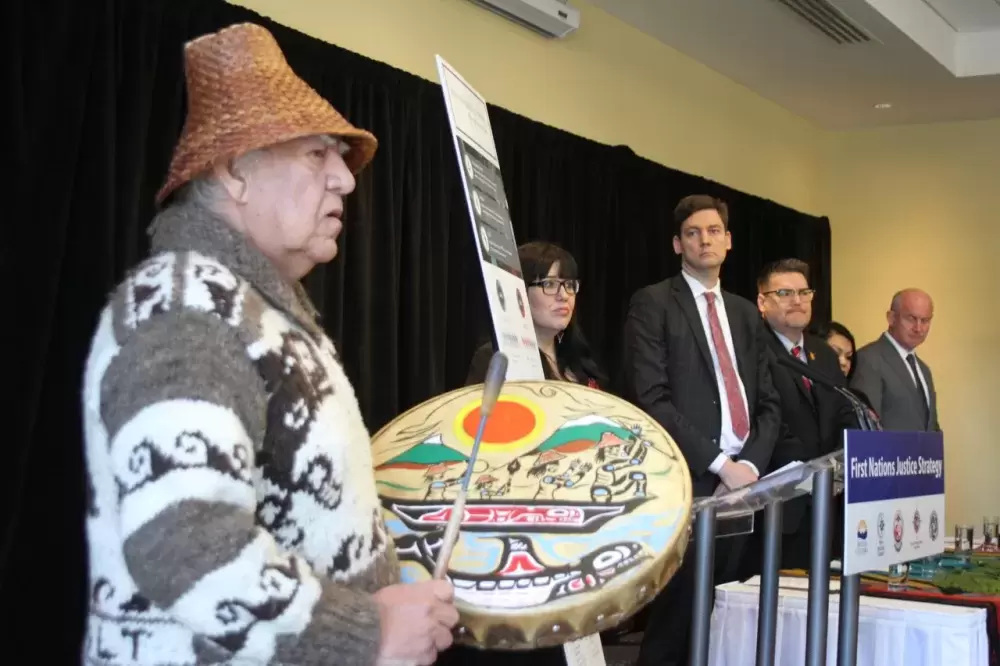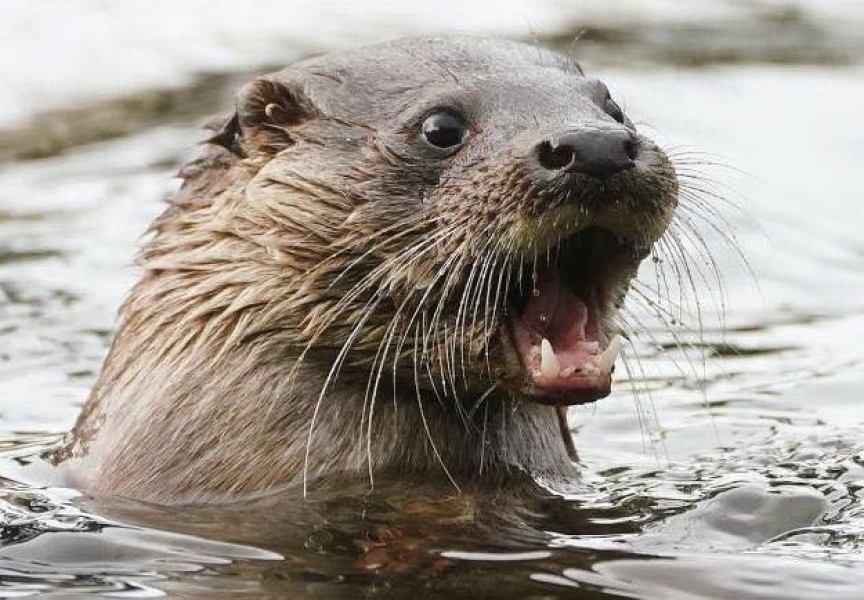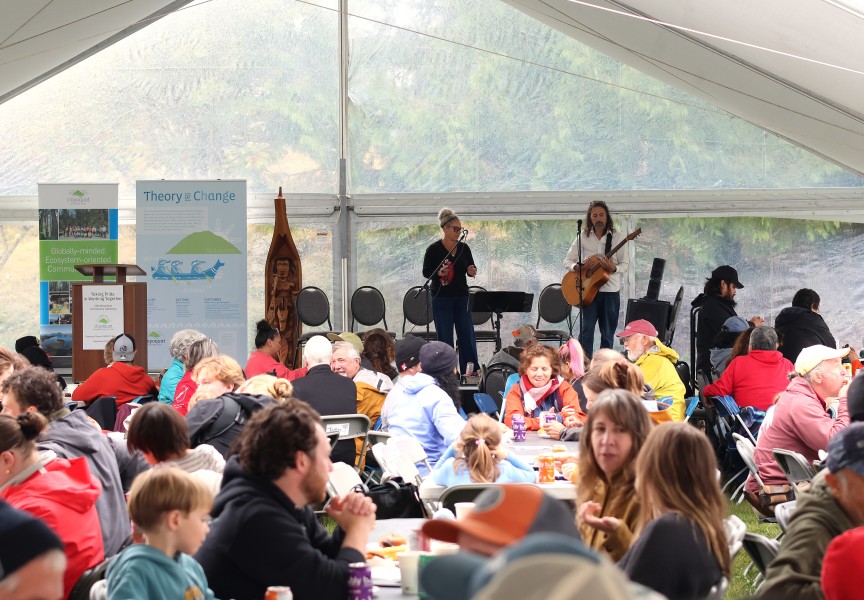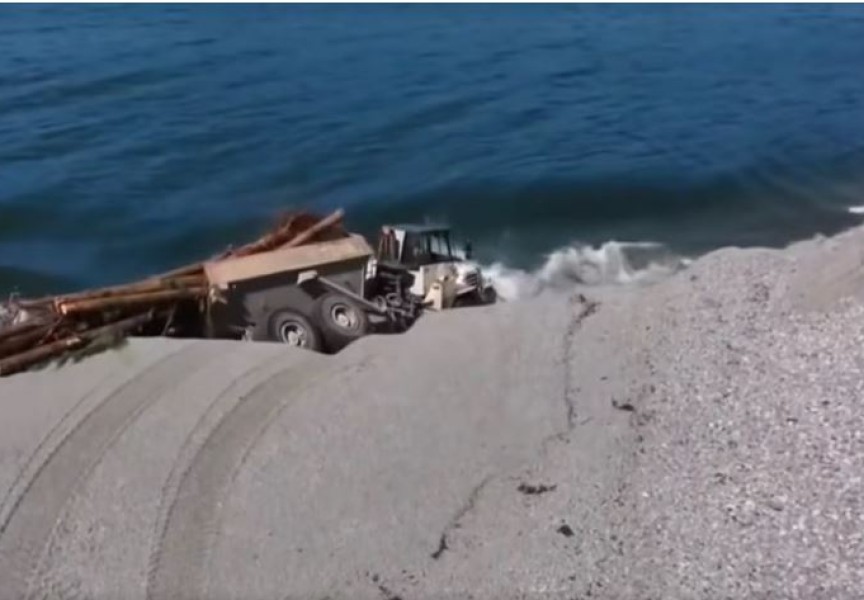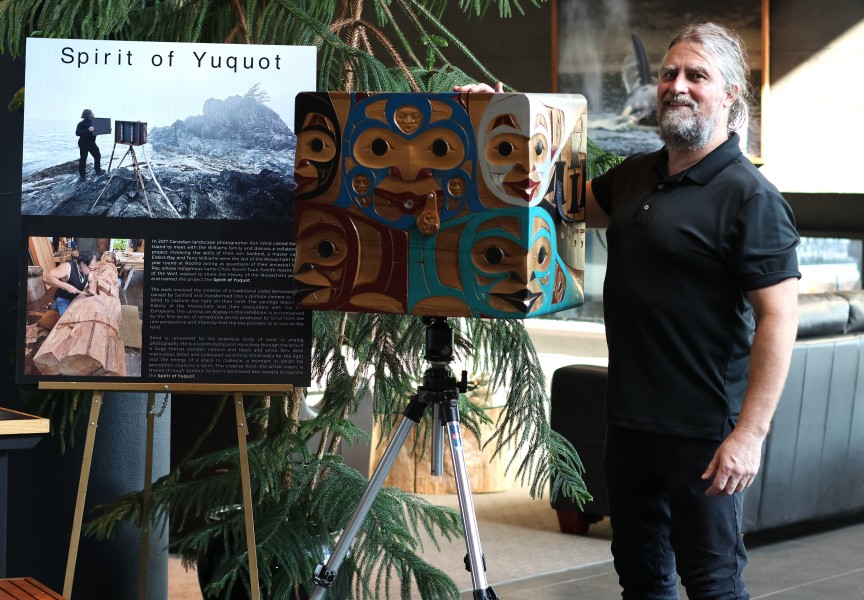The province and the First Nations Justice Council have launched a strategy aimed at curbing the growing number of Indigenous people being incarcerated in B.C.
Today the First Nations Justice Strategy was released in Nanaimo, which sets a plan to reduce the number of Aboriginal people who are caught in the criminal justice system. Part of the strategy is to find ways to improve upon the low number of Indigenous people who currently work in criminal justice. By fostering a more supportive justice system, the strategy intends to improve something that has increasingly worked against many of B.C.’s Aboriginal people.
“This strategy is going to help us all work together,” said B.C. Attorney General David Eby at a press conference in Nanaimo. “It is an Indigenous-written strategy for Indigenous people, and that’s the first time that has happened in this province.”
The release of the strategy comes at a time when the overrepresentation of Indigenous people in the justice system appears to be dire. Aboriginal people account for 5.9 per cent of B.C.’s population, but in 2017/18 they represented 32 per cent of custody admissions, according to Statistics Canada. This shows a marked growth from a decade earlier, when 22 per cent of those brought into custody were Indigenous.
Among young people the figures are even more concerning: Aboriginal youth account for 43 per cent of those in custody or under community supervision.
Doug White, chairperson of the First Nations Justice Council, said that the province and Canada have reached a “breaking point” in how it handles Indigenous people.
“Instead of things getting better, they’ve gotten far worse,” he said. “We’re at a place where there is an imperative for us all to stand together, to work together, to create something fundamentally different. This isn’t work that Indigenous peoples can do alone, this isn’t work that the criminal justice system can do alone.”
The strategy also highlights the need for support to allow First Nations to restore their traditional justice structures that were in place before colonization. When possible, the sentencing of Indigenous offenders is to be diverted from the court system to enable more effective means of rehabilitation.
“[P]rior to taking other, more conventional steps, actors and structures within the existing justice system should approach situations involving a First Nations individual by asking themselves ‘how may alternatives operate in this context?’, and ‘has every reasonable alternative been considered?’,” states the strategy.
The plan entails a network of 15 First Nations Justice Centres across the province, each reflecting the unique needs of Indigenous communities in its respective region. Three justice centres will open annually over the next five years. It is yet to be determined if a justice centre will be set up in Nuu-chah-nulth territory on western Vancouver Island.
The First Nations Justice Strategy was announced on Snuneymuxw territory, and began with words and song by Xulsimalt, an elder with the First Nation.
“I’m thinking about my grandfather and what happened to him,” said Xulsimalt, whose English name is Gary Manson. “We were all products of residential school, so I witnessed the pain that came with that history.”
“I’m thinking about all my nephews and nieces that are in care, I’m thinking about my relatives that are sitting in some institution right now,” he continued. “I’m raising three of my grandchildren because of the history.”

